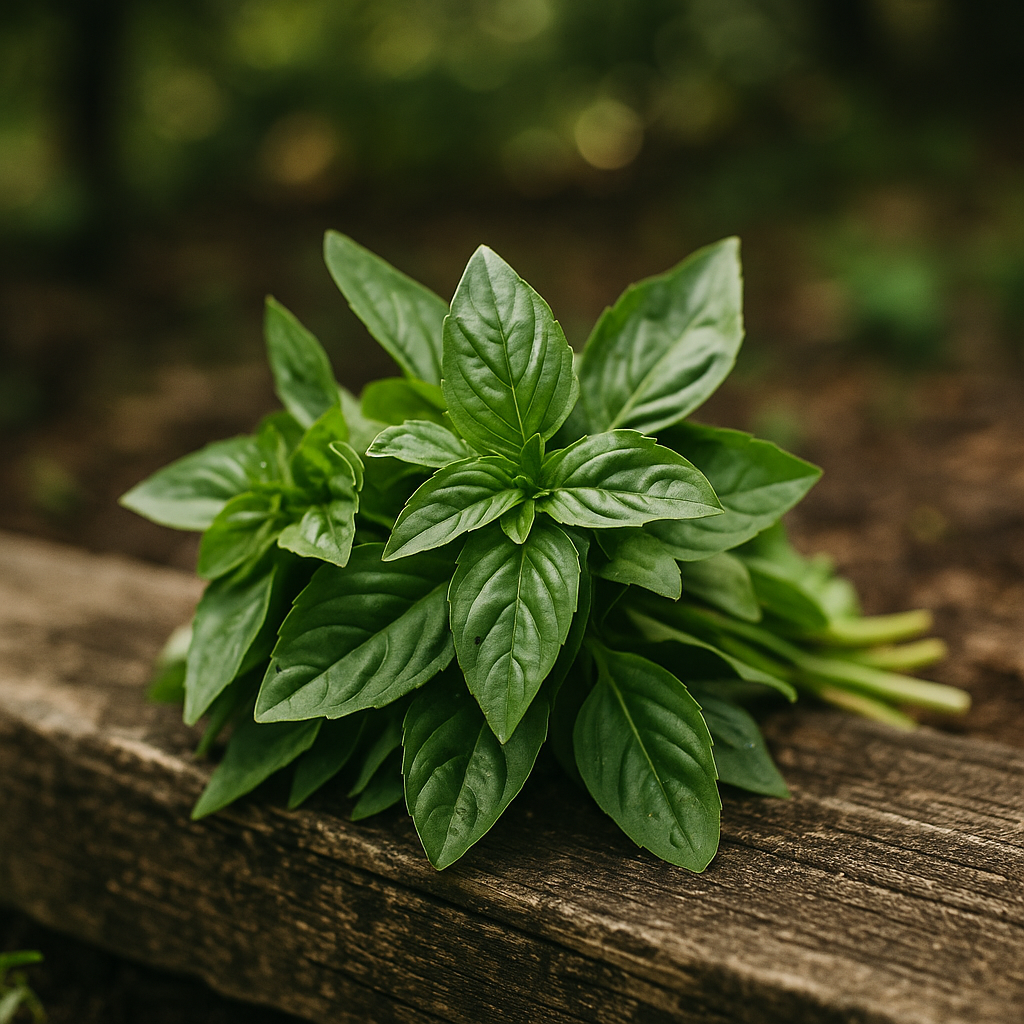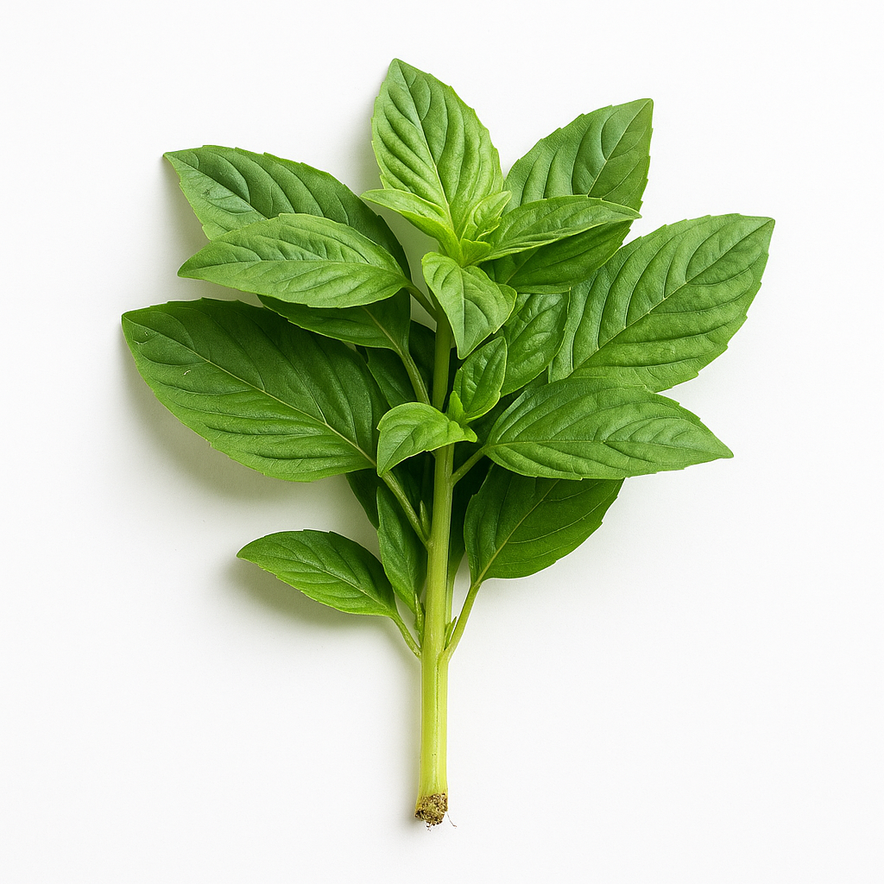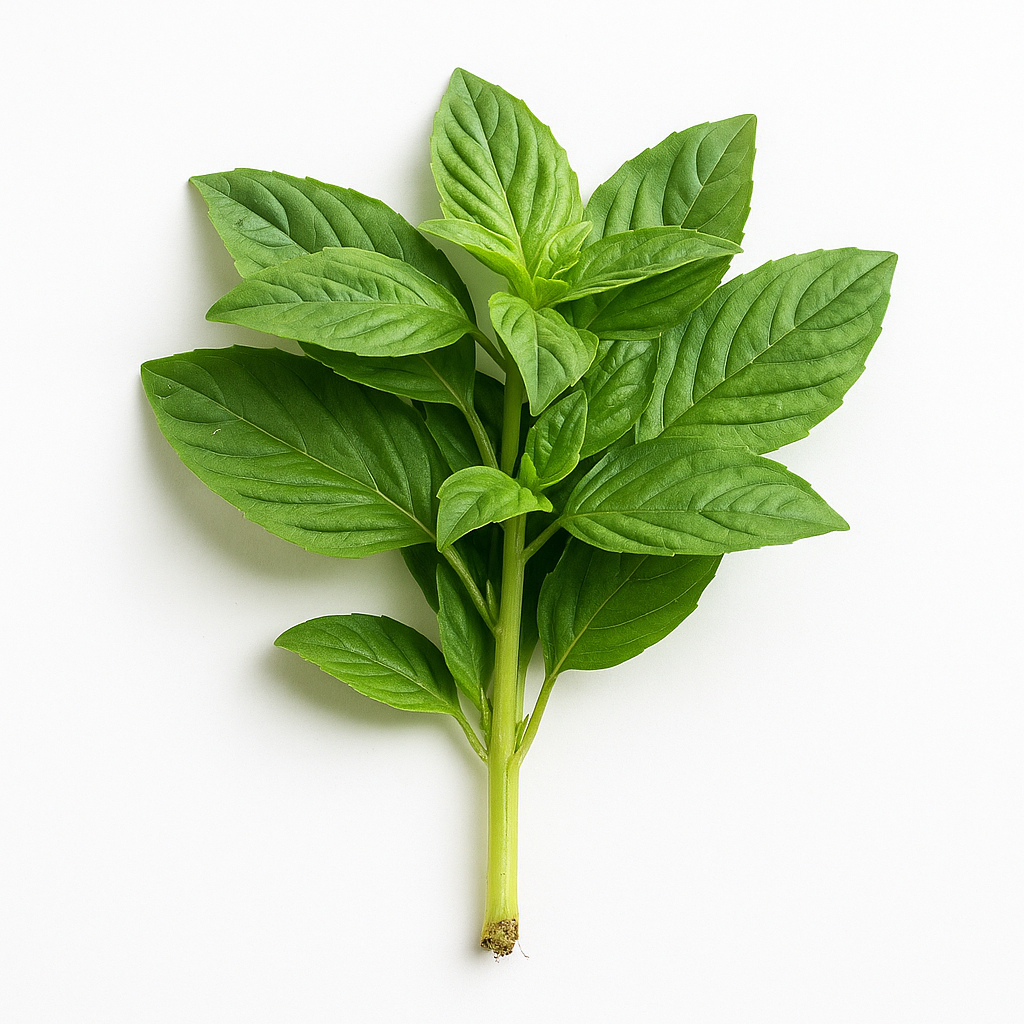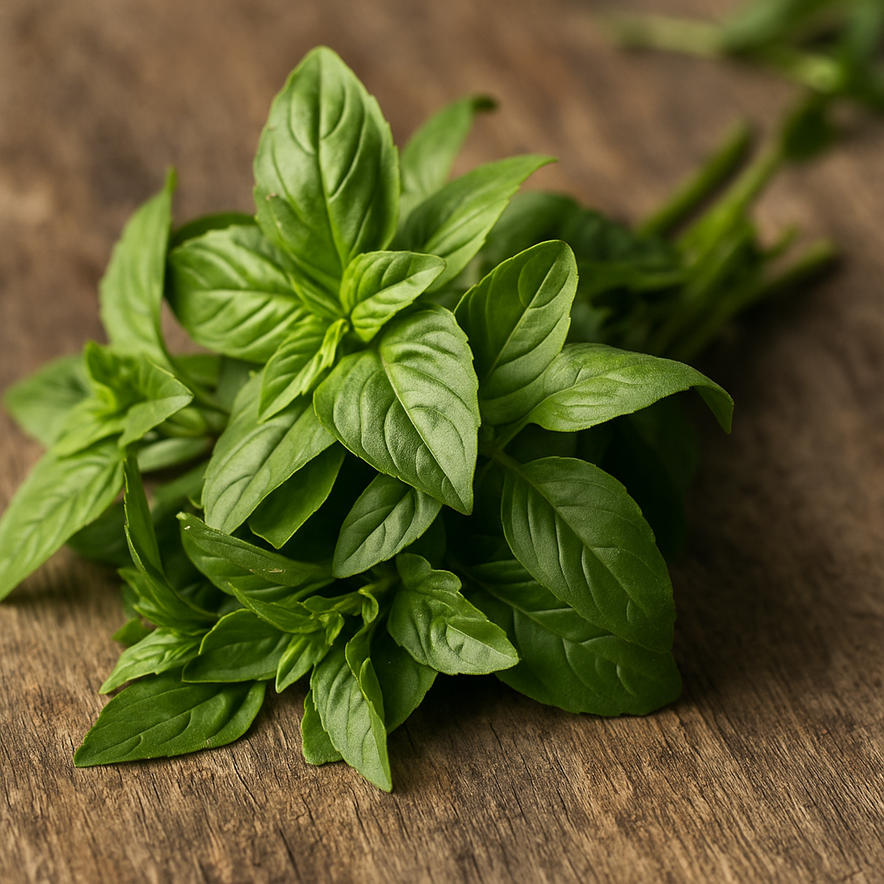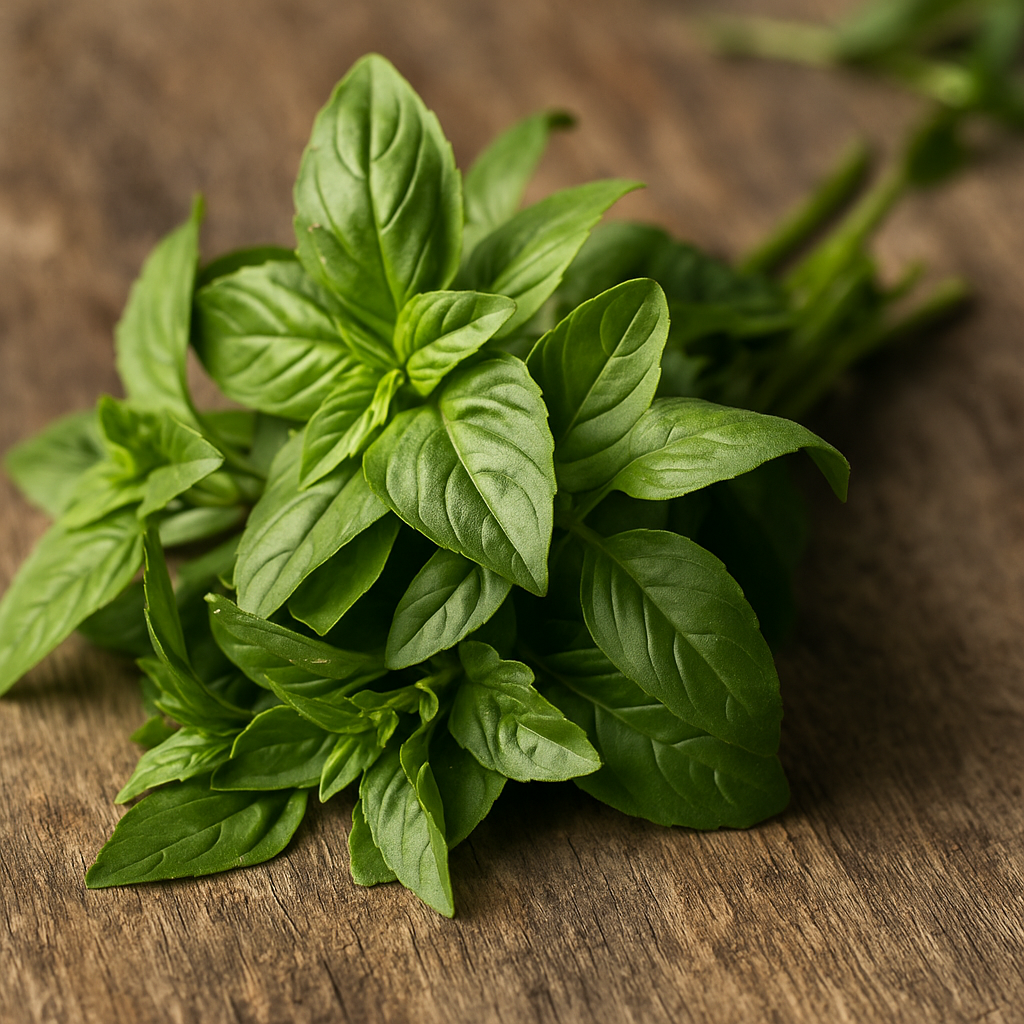Basil Leaves (Kenya)
Basil Leaves (Kenya)
Collections : Leaves, Vegetables,
Availability : In Stock
Couldn't load pickup availability
Shipping & Returns
Shipping & Returns
Free shipping and returns available on all orders!
We ship all US domestic orders within 5-10 business days!
Share
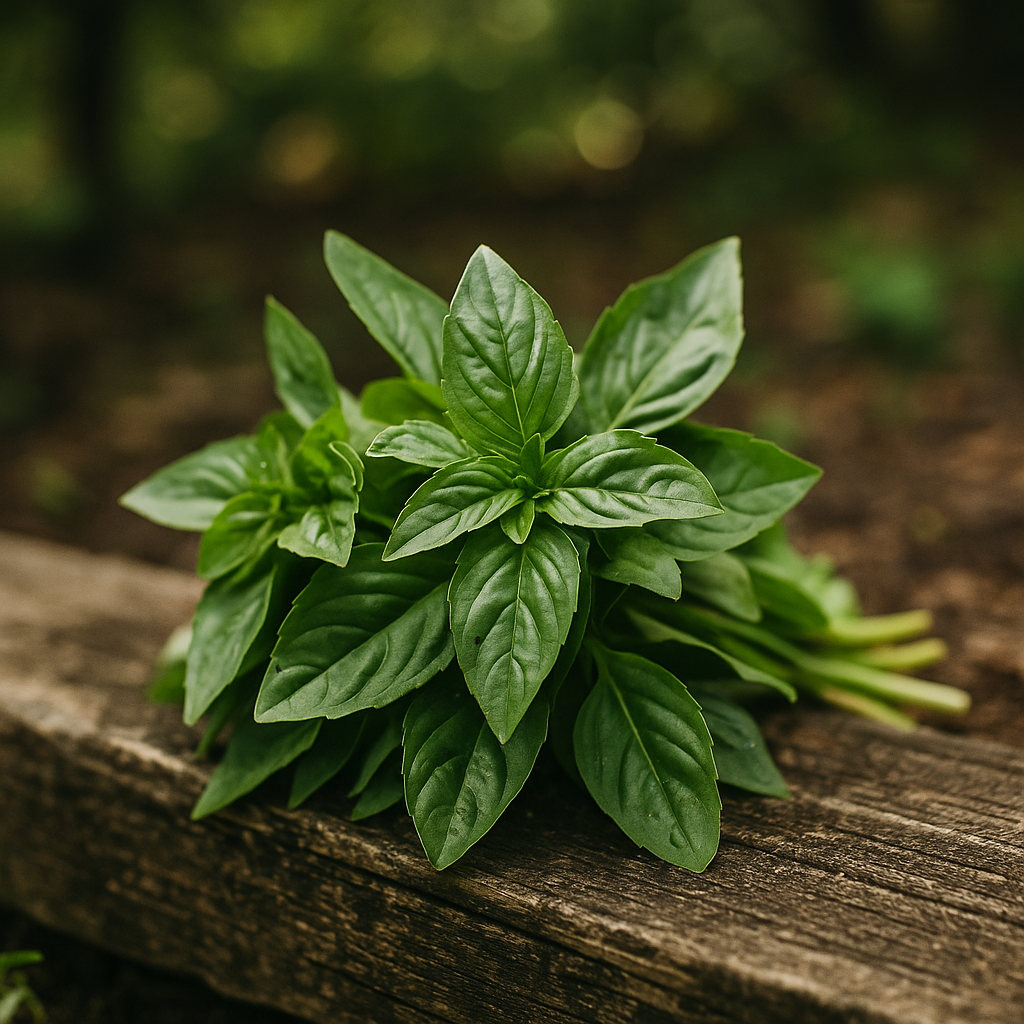
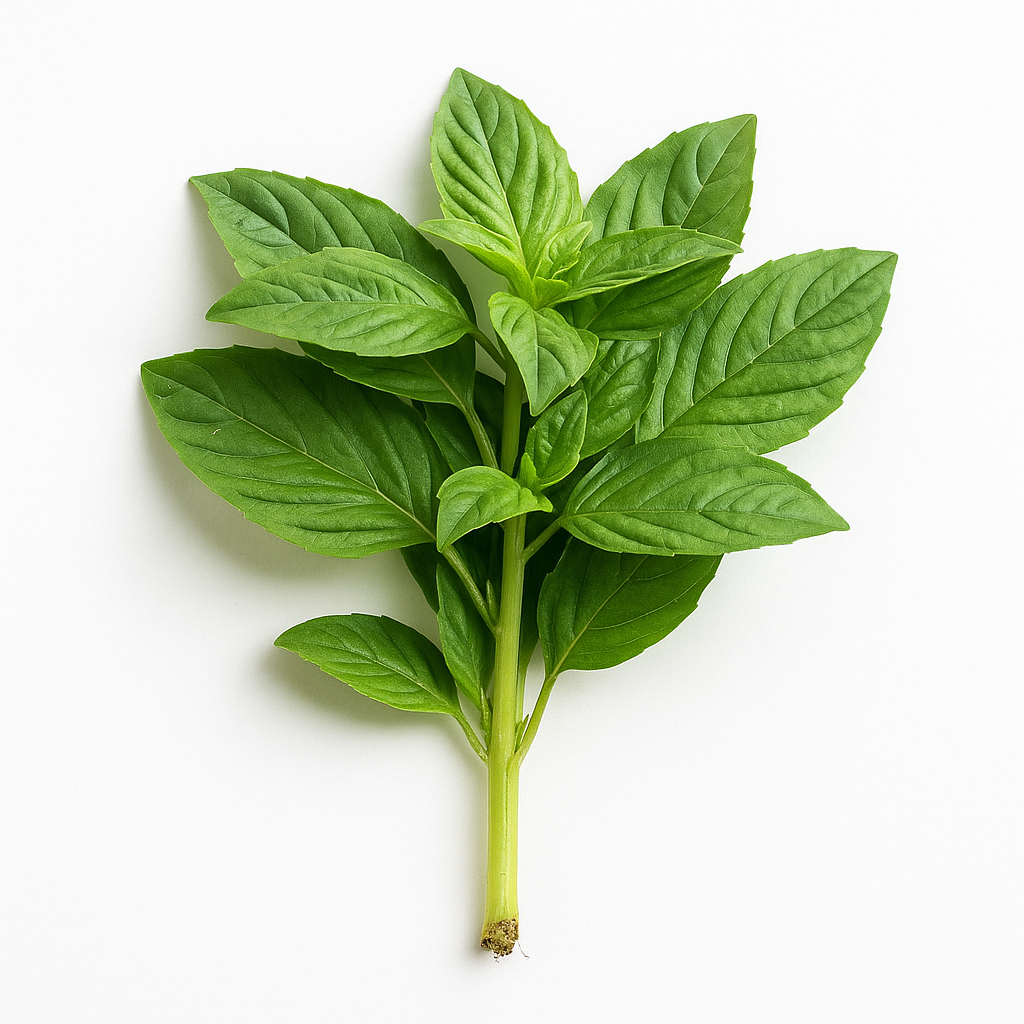
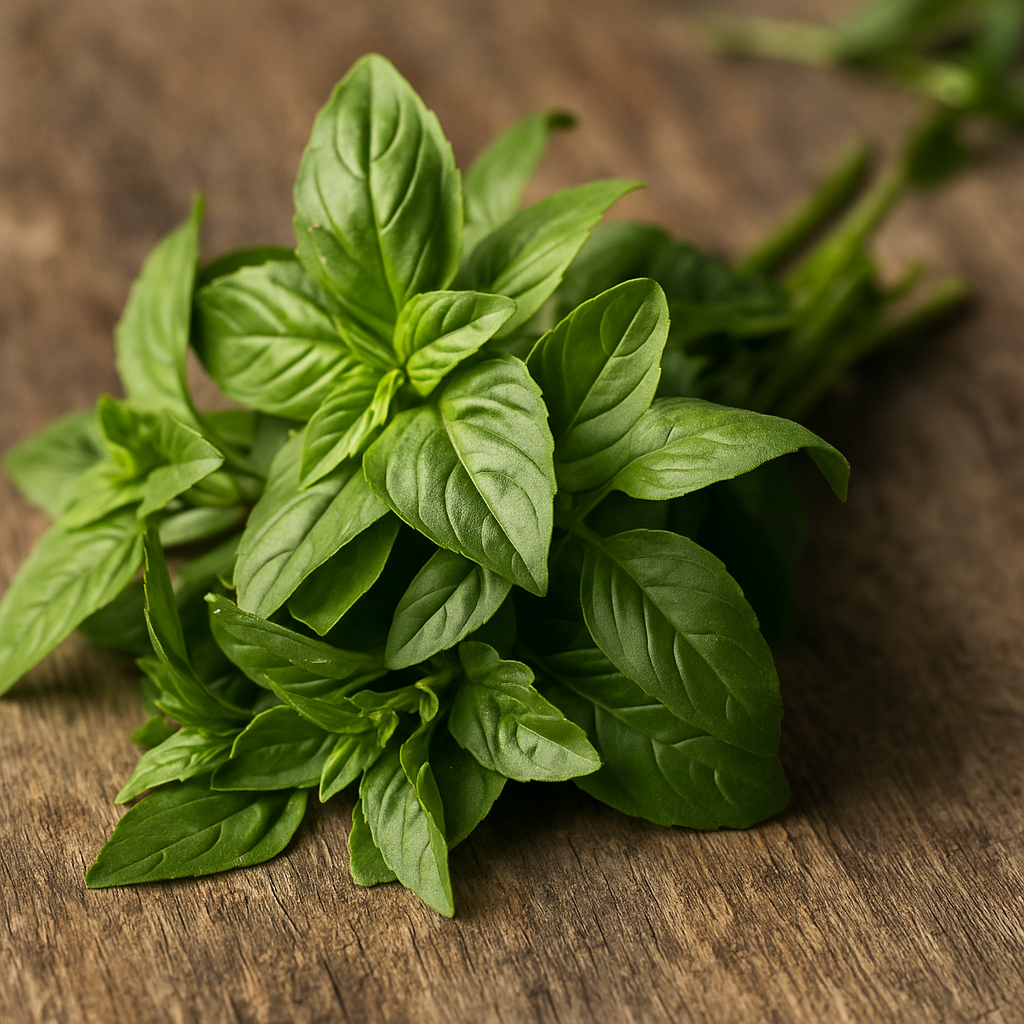
📝 Description
What is this product?
Basil Leaves, also known as Sweet Basil or Tulsi in some regions, are aromatic herbs cherished for their sweet, peppery, and slightly minty flavor. This premium Kenyan-grown basil variety is celebrated for its deep green color, rich aroma, and high essential oil content — making it ideal for culinary and health uses. Basil is a key ingredient in Italian, Thai, and Mediterranean cuisines, often used in pesto, salads, soups, and sauces. It is naturally rich in vitamin K, vitamin A, iron, calcium, and antioxidants that support immunity, heart health, and digestion. Whether used fresh or dried, Kenyan basil adds a fragrant, fresh touch to any dish while offering numerous health benefits.
🌍 Origin
Kenyan Basil is cultivated in the fertile highlands of Kenya, where rich volcanic soil and favorable climate create perfect growing conditions. Grown using sustainable farming practices, these basil leaves are harvested at peak freshness to preserve their aroma and essential oil potency. Kenyan basil is renowned globally for its quality and is exported fresh to various regions, maintaining superior flavor and purity for both home and professional kitchens.
🍽️ Nutrition Table (Per 100g)
| 🧪 Nutrient | 📏 Amount |
|---|---|
| 🔋 Energy | 23 kcal |
| 🍞 Carbohydrates | 2.7 g |
| 🌾 Dietary Fiber | 1.6 g |
| 🍗 Protein | 3.2 g |
| 🧈 Fat | 0.6 g |
| 🍊 Vitamin C | 18 mg |
| 👁️ Vitamin A (Beta-Carotene) | 5275 IU |
| 💎 Vitamin K | 414 µg |
| 🥔 Potassium | 295 mg |
| ⚙️ Magnesium | 64 mg |
| 🦴 Calcium | 177 mg |
| ⚖️ Iron | 3.2 mg |
Note: Basil contains natural essential oils like eugenol and linalool that have antibacterial, anti-inflammatory, and calming effects.
👩🍳 Cooking Method/Recipes
🥗 Recipe 1: Fresh Basil Pesto
Ingredients: 2 cups fresh basil leaves, ¼ cup olive oil, 2 garlic cloves, ¼ cup pine nuts, ¼ cup Parmesan cheese, and salt to taste.
Method:
- Blend basil, garlic, pine nuts, and cheese until smooth.
- Slowly add olive oil while blending until creamy.
- Use as a dip, sandwich spread, or pasta sauce.
Why it’s healthy: Rich in antioxidants and healthy fats — supports heart and brain function.
🍅 Recipe 2: Tomato Basil Soup
Ingredients: 2 cups tomatoes (chopped), 1 onion, 1 cup basil leaves, 2 cups vegetable broth, 1 tbsp olive oil, salt, and pepper.
Method:
- Sauté onion in olive oil until soft.
- Add tomatoes and broth; simmer for 10 minutes.
- Add basil leaves, blend until smooth, and season to taste.
Why it’s healthy: A comforting, immune-boosting soup filled with vitamins A and C.
🧊 Storage Instructions
🏠 Room Temperature
- Keep in a cool, shaded area for up to 6 hours after harvest if unwashed.
❄️ Refrigeration
- Wrap unwashed basil leaves in a damp paper towel and store in a perforated bag in the refrigerator.
- Remains fresh for 3–5 days.
🥶 Freezing
- Chop basil and freeze in ice cube trays with olive oil or water for long-term storage.
- Use within 2 months for sauces, soups, or marinades.
🧺 Handling Tips
- Select bright green leaves with no black spots or wilting.
- Do not wash until ready to use to preserve essential oils.
- Add basil at the end of cooking to maintain its fresh aroma and flavor.

